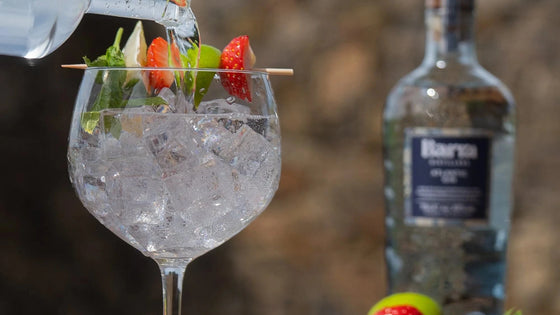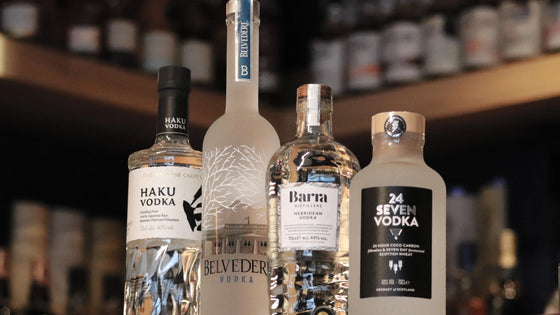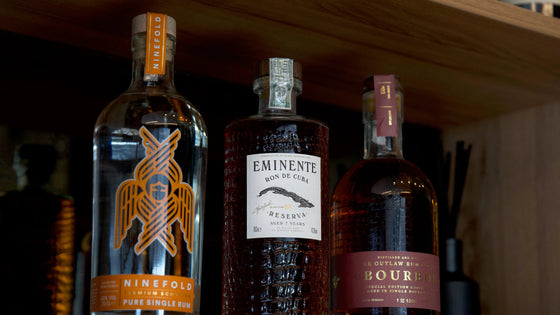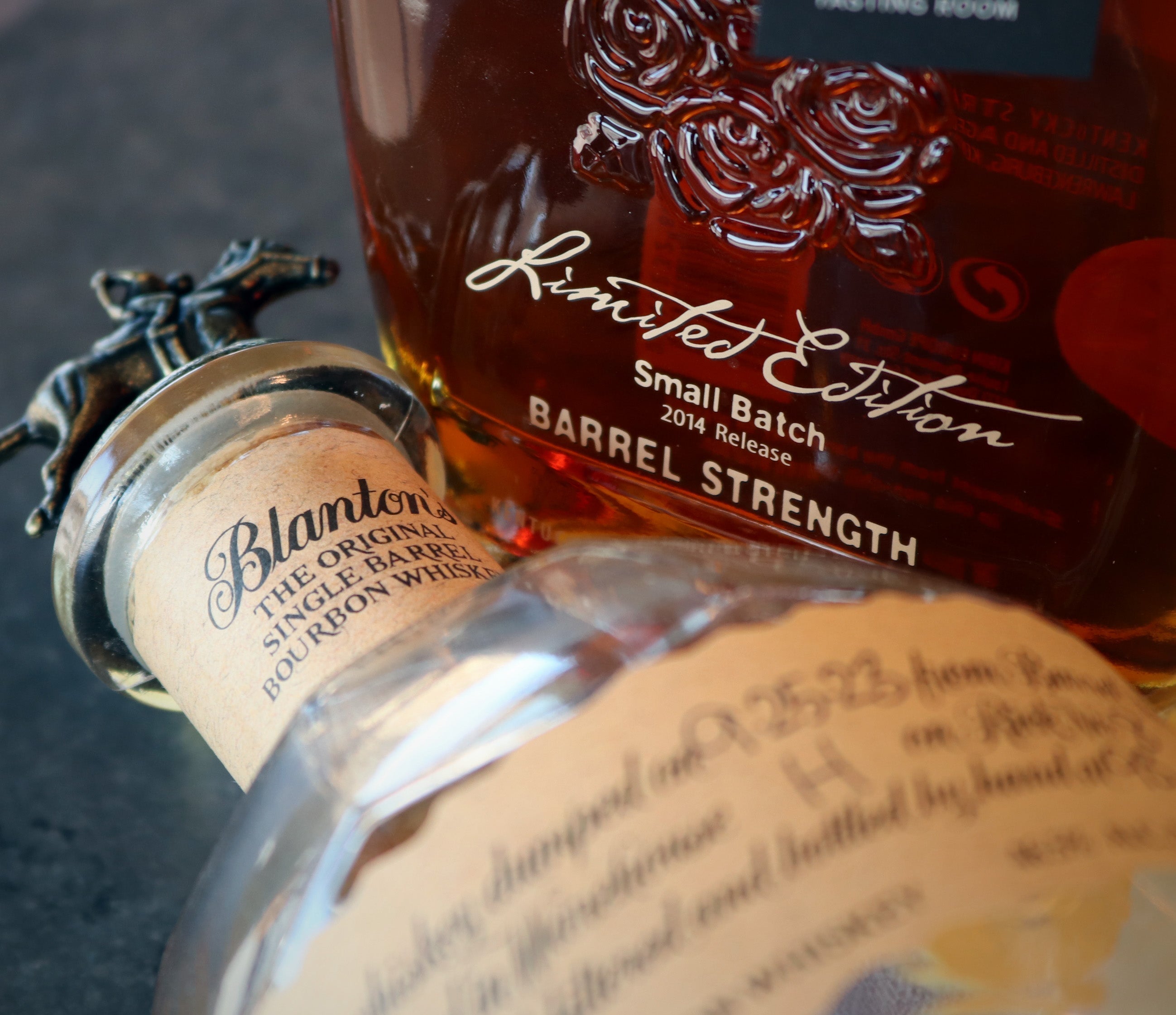How to Taste Bourbon like a Pro
There’s a world of difference between drinking bourbon and tasting bourbon. Drinking bourbon can be done anywhere, by anyone, yet tasting bourbon takes a more measured approach.
In this blog we’ll look at how to taste whiskey. We’ll discover which sort of glass you might need, and talk about the aroma, colour, taste, mouthfeel, and finish. Plus, we’ll discuss whether or not you should add water to your bourbon. So, join us to learn how to taste bourbon like a pro – even if you’re not!
Let’s begin.
How to Taste Whiskey
To explore and fully appreciate bourbon whiskey, we need to do more than just taste the whiskey. We’ll need to rely on four out of our five senses to make a full ‘sensory evaluation’. We’ll need to consider the colour, aroma, taste and the texture - known in the industry as ‘mouthfeel’.
Which sort of glass do I need?
A good bourbon whiskey tasting starts with the right whiskey glassware.
For the best tasting experience, select a glass that is clear, clean, and preferably tulip-shaped - featuring a wide bowl that tapers to a narrow rim. Why? This design concentrates the aromas, directing them toward your nose and enhancing the sensory experience.
The Glencairn glass is a good example of this shape and is widely recommended for whiskey tasting, along with the Copita glass. Additionally, a sherry or small white wine glass can serve as a good alternative.
Assess the Colour
Pour the bourbon into your glass and hold it up to the light to analyse the colour.
Bourbon’s colour generally sits somewhere on the spectrum between light amber at one end, all the way through to deep copper at the other. What colour is your bourbon? Think about what the colour might tell you about how long it’s been aged in the barrel? Generally, the darker the colour, the longer the bourbon has spent aging.
Next, give it a swirl and coat the glass with all those wonderful oils from the spirit. These are known as the ‘legs’. The thicker the ‘legs’, the fuller-bodied the bourbon.
Take in the Aroma
Aroma is one of the most important components of bourbon whiskey.
The Master Distillers of the major bourbon brands go to great lengths, not only ‘taste testing’ the bourbon, but also to make sure its aroma is at the optimum level.
Bring the glass up to your nose and sniff gently. In the industry, this is called ‘nosing’. Roll the glass slightly so that it is under one nostril and then the other – each nostril picks up different scents.
If you want the best experience nosing your bourbon, keep your mouth slightly open when you sniff the aroma. Experts believe that this helps in two ways: firstly, it stops the alcohol vapour from burning the inside of your nose, and secondly, it helps the aroma to circulate over your tongue, so that you can almost ‘taste’ the aroma.
As you nose your bourbon, pay attention to the aromas you detect. Are they fruity? Spicy? Fragrant?
Taste
Firstly, it’s important to know that bourbon should be poured into a glass at room temperature and shouldn’t be chilled in the fridge or warmed from natural sunlight.
Take a small sip of the neat bourbon, allowing it to coat your tongue. If you're new to whiskey tasting or are sampling a high-proof bourbon, you might immediately notice what’s known as the alcohol ‘burn’, a strong tingling sensation on your tongue.
To dampen this sensation and fully appreciate your bourbon’s flavours, consider adding a few drops of water. This can help reduce the ‘burn’ and open up the bourbon’s key flavours.
Once the initial ‘alcohol burn’ has died down, think about what you can taste. Is it sweet, smoky, spicy or fruity? Can you break it down into other elements – perhaps there’s honey, floral, cinnamon or even a hint of oak?
What are the key flavours of bourbon?
Bourbon's signature flavours are:
· Vanilla
· Caramel
· Oak
Most of these flavours originate from the time the bourbon has spent aging in the charred oak barrels, a process that contributes to approximately 60% of its flavour.
Mouthfeel
Mouthfeel is a term that describes how heavy something feels in your mouth, specifically across your tongue and palate. Think about the way the bourbon feels in your mouth. Is it heavy? Light? For example, a heavy or creamy mouthfeel would mean that you’re drinking a full-bodied bourbon.
Time for the Finish
Now, the only way to end a tasting – the finish.
The finish of bourbon whiskey refers to the lingering flavours and sensations that remain after swallowing. It can be described as short, medium, or long, with additional notes perhaps coming through at this stage. A well-aged bourbon often has a smooth, warming finish with complex layers that evolve over time.

Group Tasting Experiences
Of course, bourbon tasting doesn’t have to be done at home. If you’re interested in joining a group bourbon tasting in the UK, you can book tasting events at Buffalo Trace Distillery London, and in Scotland, at Van Winkle’s two Glasgow-based bourbon bars.
Our Picks – Five Bourbons to Try for your Tasting Journey
In the meantime, here are five bourbons we’d recommend for your tasting journey.
EH Taylor’s Small Batch Bourbon Whiskey.
Blanton’s Single Barrel Bourbon Whiskey.
Maker’s Mark Cask Strength Bourbon Whisky.
Kentucky Owl Kentucky Straight Bourbon Whiskey.
Angel’s Envy Kentucky Straight Bourbon Whiskey.
Remember, the art of bourbon tasting is purely a personal one. There is no right or wrong when it comes to taste. Trust your own sense of sight, smell, taste and texture. These are vital tools in your tasting toolkit and will help you deepen your appreciation of your bourbon.
Enjoy!
If you’re interested in expanding your collection of whiskey, Still Spirit stocks a large range of bourbon and American whiskey, as well as Scotch whisky, Irish whiskey and Japanese whisky, plus whisky gift sets and glassware.

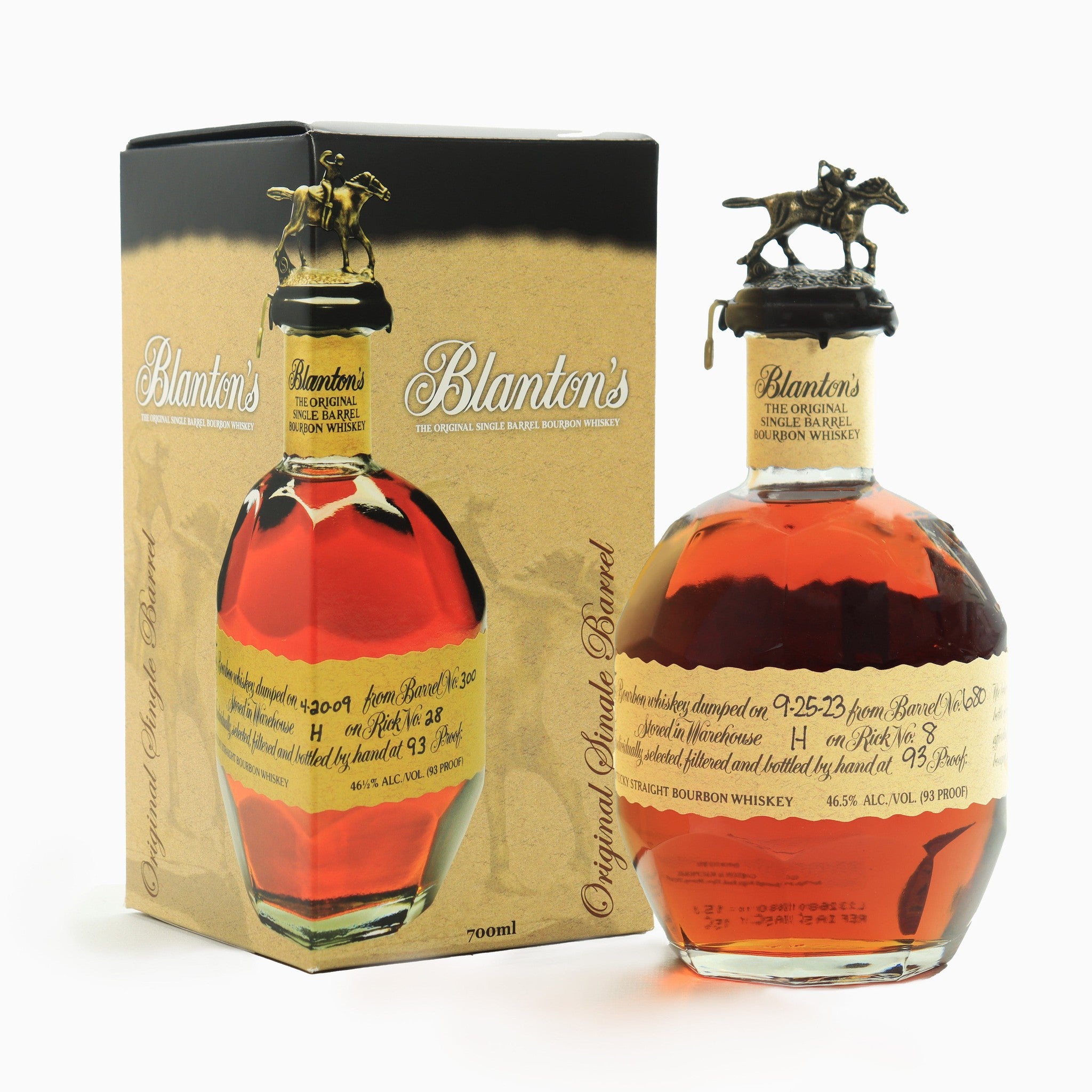
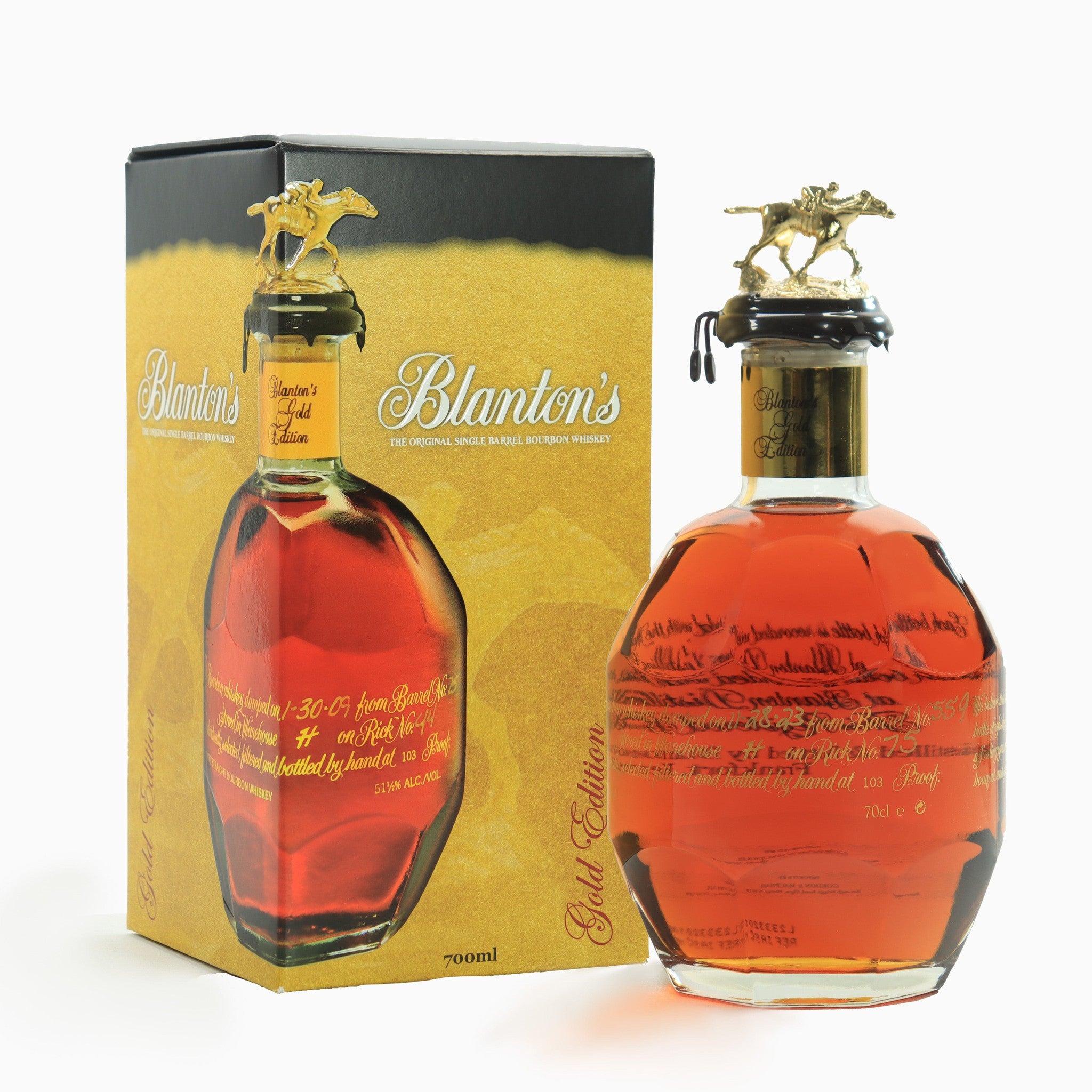
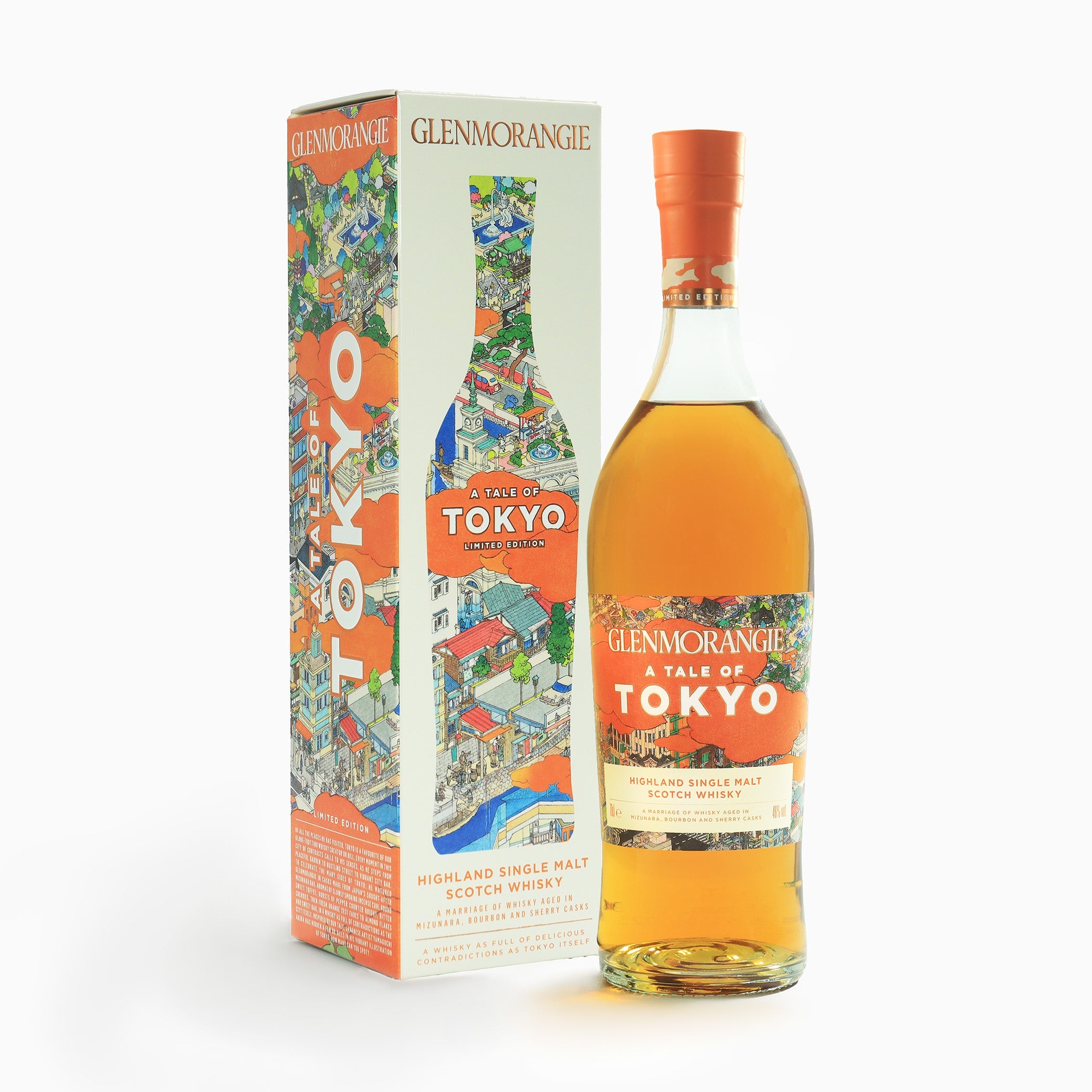









 A Beginner’s Guide to Ameri...
A Beginner’s Guide to Ameri...
 What’s the Difference betwe...
What’s the Difference betwe...
 What Goes Well with Whisky?...
What Goes Well with Whisky?...

